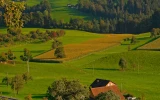Smallholding vs. Homestead: 3 Key Differences Explained
Smallholding and homesteading are words that are used interchangeably when referring to small patches of land used to grow crops and raise livestock for family consumption or for market sale. If you’re curious to know if you’ve been using the right term between smallholding or homesteading, this article will help you find out which is which.
Homesteading refers to a small piece of land with a home and a farm, built by people who want to go off-grid and completely self-sufficient. On the other hand, smallholding refers to agricultural holdings smaller than a farm where one can grow crops and raise livestock and is subjected to laws and regulations.
While the goal of both a homestead and a smallholding is to produce home-grown crops and livestock and experience a simpler lifestyle, there are a few differences that set them apart. Keep reading to find out more about the key differences between these two terms.
Summary
- A homestead is inclined toward a self-sufficient lifestyle. A smallholding is more about the land and which crops to grow and animals to raise.
- Having different origins, a smallholding (UK) and a homestead (US) are faced with different struggles such as weather conditions, location, and availability of land to farm.
- In a small holding, if you plan to keep livestock, you must register for a CPH number and other relevant authorities.
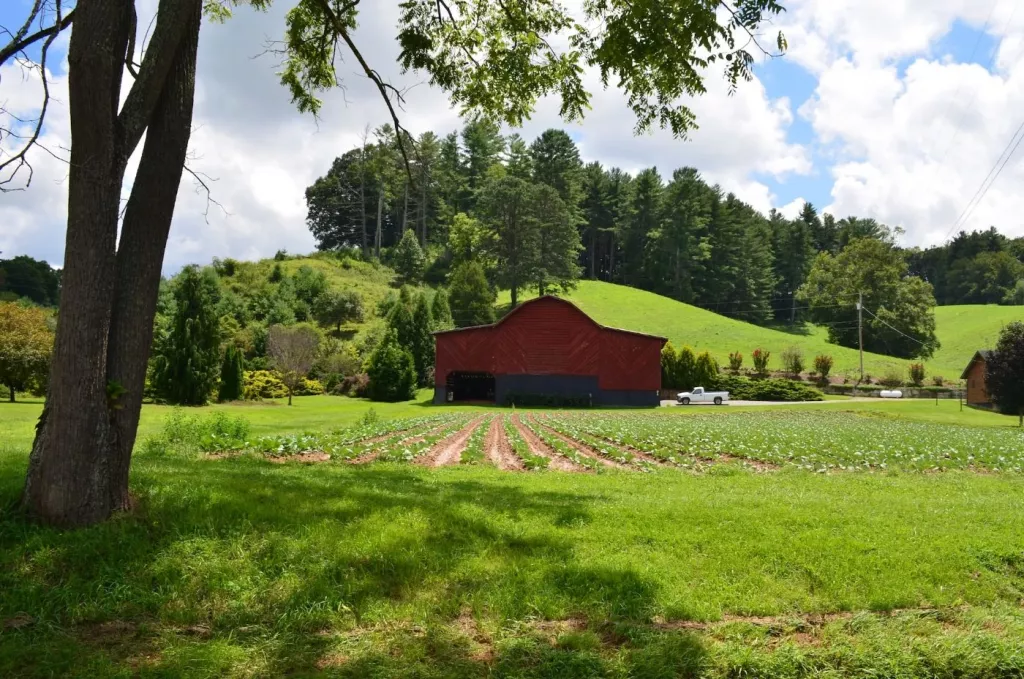
On this page:
3 Key Differences Between a Smallholding and a Homestead
It’s difficult to differentiate between a smallholding and a homestead if we only compare their plot sizes and what they are used for. This is because some smallholdings and homesteads are the same size and are used for the same purposes.
It’s therefore important to consider what key differences can be used to single them out. Below are three key differences between a smallholding and a homestead:
1. The term "smallholding" originated in the UK; "homesteading" is from the US.
The term “smallholding” is mostly used in the United Kingdom, while “homesteading” is a term more commonly used in the United States, to address small portions of land that produce crops and raise livestock, with a goal of being completely self-sufficient.
Since there’s a different origin for both terms, they generally have different struggles to deal with. The United States weather system is harsher compared to the United Kingdom.
Tornadoes, hurricanes, and earthquakes are more common in the US, causing large damage to farms and potentially wiping out crops and destroying fences or housing. While the weather in the UK is mostly wet, they have milder and more temperate climates during the dry seasons.
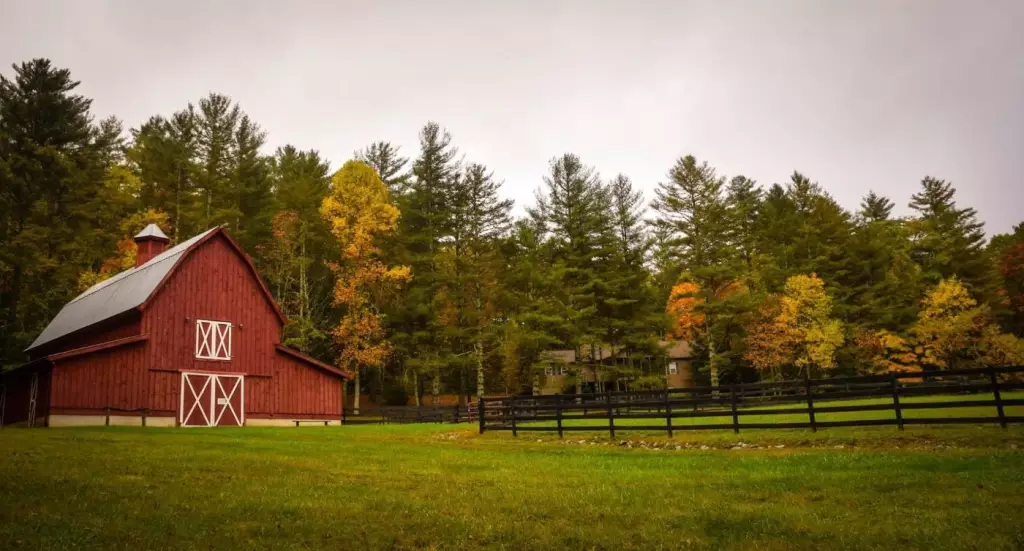
Another struggle for homesteads in America is their location. They are usually located on the outskirts and are far from local amenities or markets which makes selling their fresh produce harder and more challenging.
The good thing, though, for homesteaders in the U.S., since the country is large enough, there are plenty of choices on the land they want to use. They can choose a location based on soil type, wind shelter, or flat land. But in the UK, smallholdings struggle because the UK is a smaller country compared to the US, so they are shorter on land. Smallholders may be seen farming on hilly terrain, battling harsh weather conditions.
2. A homestead focuses on the context of home, while a smallholding is more agricultural.
A homestead is defined as a home and the adjoining land occupied by a family. It’s simply defined sometimes as "a home," especially a farmhouse. A smallholding is defined with more formality, such that it is an agricultural holding smaller than a farm but larger than a garden.
Although the terms are used interchangeably to refer to the use of small lands for farming purposes, a homestead encompasses much more than using the land to grow your own produce. It embodies more of a home and the crafts carried within a home, such as cooking, preserving, canning, sewing, and other self-sufficient tasks revolving around homely skills.
The main aspect of a homestead is a self-sufficient lifestyle. Usually, the families are the owners of the land and the buildings on it, and their aim is to do successful farming on small acreage to limit their reliance on outside sources. They practice subsistence agriculture and often preserve their own food, so skills like canning and pickling are important for a homesteader.
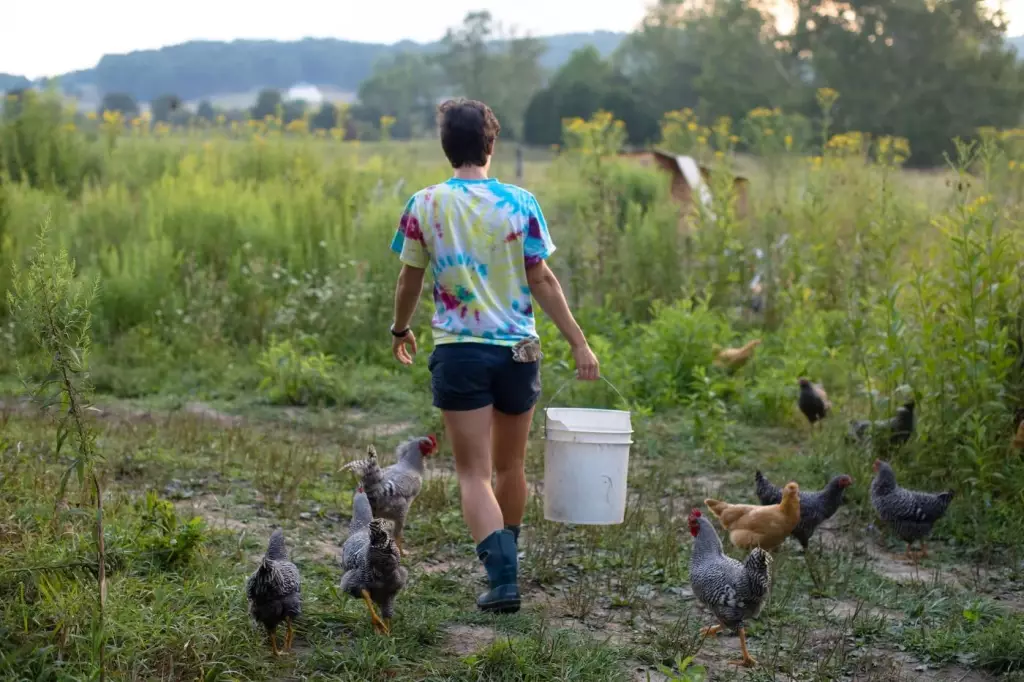
The goal of a homestead is to be completely self-sufficient, and to do so, they even produce their own clothing and make textiles and other crafts, either for their own use or to sell to gain more income. They also mostly rely on solar power and wind turbines. Some homesteads even have installed rainwater collector tanks.
A smallholding, on the other hand, clings to its definition as an agricultural holding smaller than a farm but bigger than a garden. It’s focused more on the land and the crops you grow with it, as well as the range of goats, pigs, sheep, or chickens that you rear.
Generally defined as anything less than 50 acres of land, smallholdings can range from small, allotment-style plots to small, mixed farms. A smallholding can employ subsistence farming, cash crop planting, or a mix of both as long as their land can suffice. There are smallholdings that can work even on 1-acre land, but a self-sufficient smallholding is required to be at least 5 acres.
A smallholder is free to grow any crops they want on their plot of land. They are only limited by their imagination and capability to manage, as well as their plot size. There are different soil types that smallholders can experiment with planting in to see which crops suit the chosen soil type. A smallholding is generally focused on the agricultural part, and part of that is knowing your land and what grows well in it.
3. Homesteading is a free form of farming; smallholdings abide by the law.
Since homesteading is more of a lifestyle, and smallholding is more of a business, homesteads are not subject to laws. You can own a few livestock animals and poultry without having to worry about being an annoyance to the neighborhood because homesteads are usually far out of the vicinity and the nearest neighbors will be a few miles away.
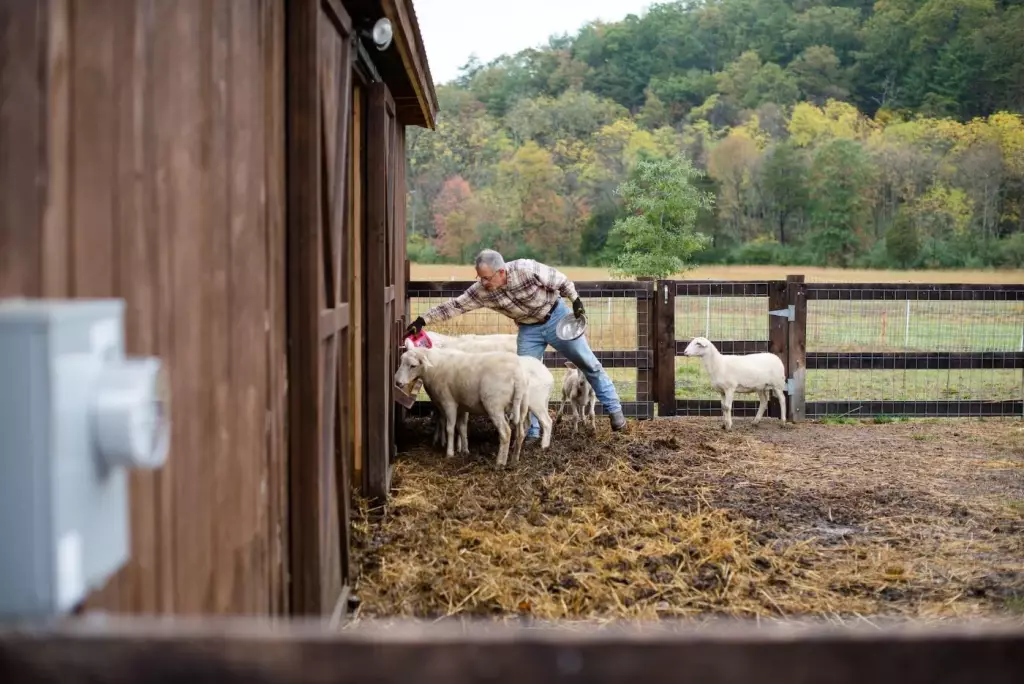
With smallholdings in the UK, however, stricter regulation is imposed. If you want to keep a few livestock animals in your smallholding, registration under certain authorities is a must. For keeping sheep, goats, or pigs, a registration under DEFRA in England and Wales is required. Scotland and Ireland have different agricultural authorities, where you may also register.
Raising livestock will also require you to obtain a County Parish Holding (CPH) number from the Rural Payments Agency. A CPH number allows the government to track livestock to prevent and control diseases in case of an outbreak. Meanwhile, pigs, cattle, and large flocks of chickens or other poultry will have to be registered with the Animal and Plant Health Agency.

